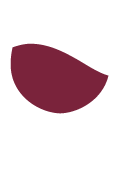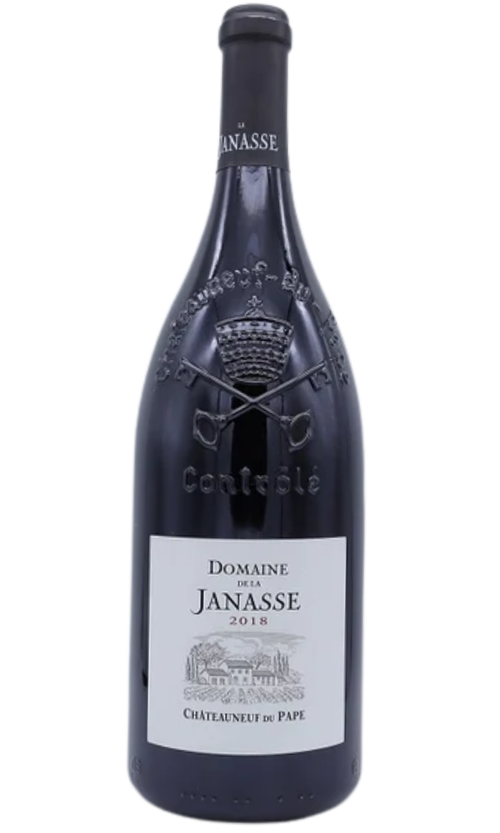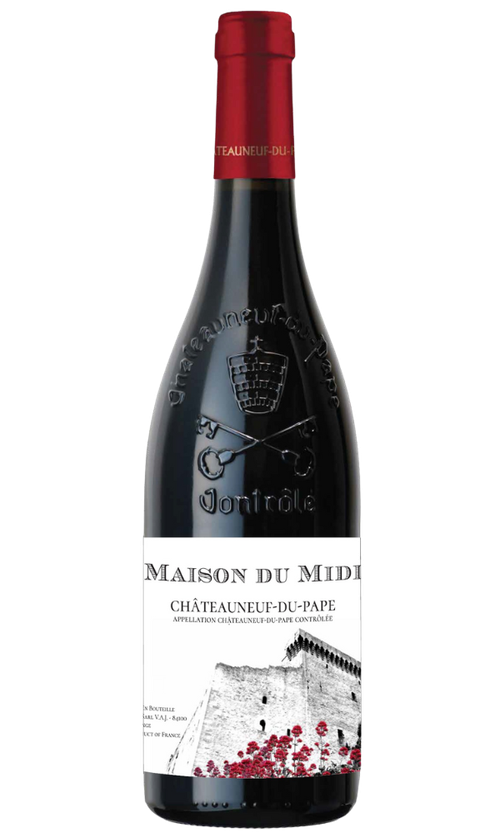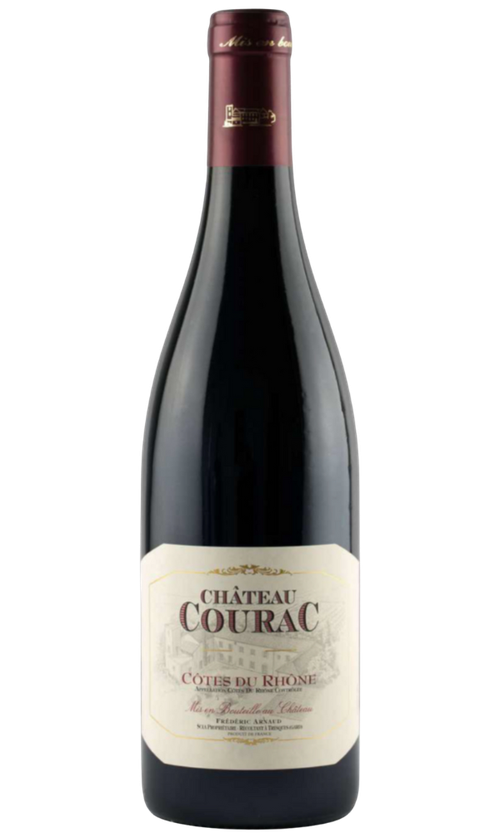
Flagship bottling from one of the Rhône’s “top two or three estates”

- Curated by unrivaled experts
- Choose your delivery date
- Temperature controlled shipping options
- Get credited back if a wine fails to impress
2018 Domaine de la Janasse Chateauneuf-du-Pape 750 ml
Retail: $80 | ||
| $48 | 40% off | 1-5 bottles |
| $46 | 43% off | 6+ bottles |
- Curated by unrivaled experts
- Choose your delivery date
- Temperature controlled shipping options
- Get credited back if a wine fails to impress
Something Magical Happens…
Any discussion of the greatest French reds has to include Domaine de la Janasse.
Robert Parker deemed it “one of the top two or three estates in the Southern Rhône.” Considering the source and the competition—high-dollar domaines like Beaucastel, Rayas, and Vieux Télégraphe—those words should not be taken lightly.
In 1967, Aimé Sabon returned from military service and took over his father's 15 hectares of vines. After establishing himself as one of the most meticulous growers in the southern Rhône, Sabon built a new cellar and, in 1973, he cautiously took the plunge. Unlike his father, Aimé Sabon would not be perfectly content to sell his grapes at harvest to the highest bidder. Instead, he bottled just a few thousand bottles of estate-grown Châteauneuf-du-Pape at Domaine de La Janasse.
Little by little, Sabon increased production, reinvested profits, and began looking for new opportunities. But as he’d soon learn, acquiring old-vine parcels in Châteauneuf requires plenty of patience. Over the next 20 years, Domaine de La Janasse would expand to 15 hectares in Châteauneuf-du-Pape—albeit split up over 15 distinct parcels!
His patience and hard work paid off, just in time to hand off the farm to his kids. As Robert Parker’s publication put it: “In case you haven’t been following any of the Wine Advocate reports over the past decade, Domaine de La Janasse, under the leadership of siblings Christophe and Isabelle Sabon, is one of the top two or three estates in the Southern Rhône.”
This bottling comprises 65% Grenache, with 20% Syrah and the rest Mourvèdre and Cinsault. Grown on varied terroirs of sand, pebbles, and clay (including on La Crau), the grapes were harvested by hand and sorted in the vineyard. After 80% destemming, they were macerated for nearly a month, with daily pressing à main.
The wine aged in large foudres (80%) and barriques (1/3 of them new) for a full year, and since then, these bottles have been aging gracefully in the cellar. They’re now drinking beautifully, showing that delectable mid-term integration that hits Châteauneuf after the five-year mark.
You might also like these wines
- Member Favorite
- You're on page












